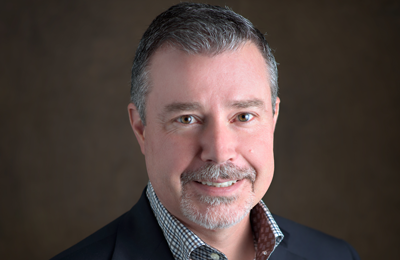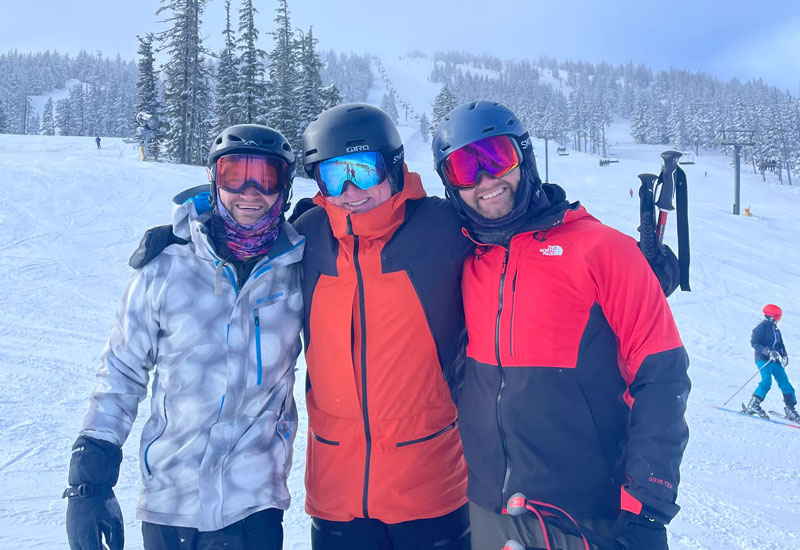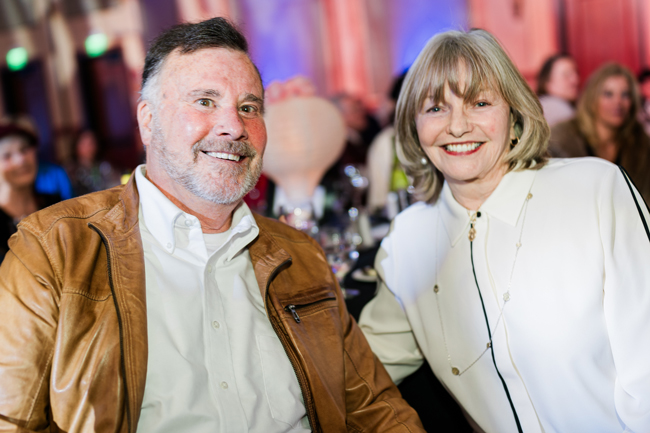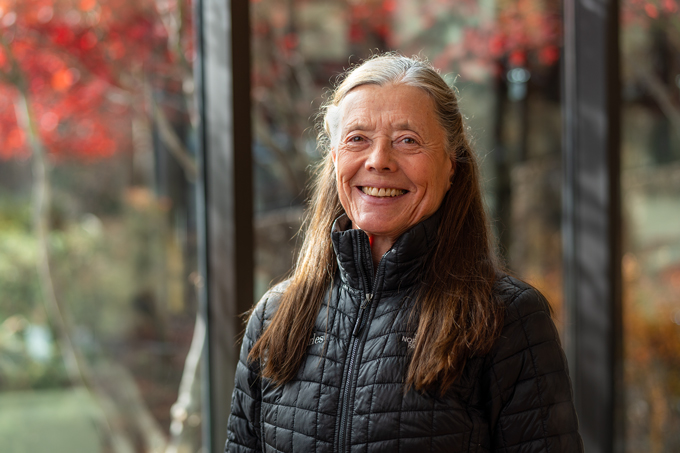In recent weeks, media outlets, health care organizations and others around the world have been marking the one-year anniversary of COVID-19’s unwelcome arrival into our lives.
What a year it has been.
When I think back, I cannot remember when or where I first read about this new novel coronavirus, which started in China in late 2019 and spread to the United States in January of 2020.
What I can remember is the day the first presumptive positive case of COVID-19 was confirmed in Central Oregon: March 11, 2020. I remember attending a hastily organized mid-day meeting, where the overriding mood was not one of worry or panic, but of confidence and resolve. We had been preparing for that moment for months, and we knew that while the disease was unpredictable and the future was uncertain, our health system was ready to handle it.
I also remember watching my colleague, Dr. Jeff Absalon, and other local officials speak at a press conference that afternoon. “This,” said Dr. Absalon, St. Charles’ chief physician executive, “is what we do.”
To be clear, he was not talking about holding press conferences. He was talking about caring for people who are sick.
That is what we do here at St. Charles, every single day. It is our commitment to ourselves, our commitment to each other, our commitment to our communities and our commitment to you.
Of course, there have been tough stretches over the past year. Preparing for and responding to COVID-19 has been a massive operational undertaking for our health system. It has dealt a financial blow to our organization. It has changed the way we do just about everything, from the bedside to the board room and all points between. And it has certainly tested our frontline caregivers and our first responders.
Have there been uneasy moments? Definitely. We are human beings, after all. But again and again over the past year, I have seen our people rise to the challenge, whether that challenge is figuring out how to quadruple a hospital’s patient capacity without expanding its footprint or how to give a dying woman the birthday celebration she deserves, even in isolation. Now, they’re heavily involved — alongside Deschutes, Crook and Jefferson counties and the Oregon National Guard — in the complicated regional effort to end this pandemic by vaccinating as many people as possible as quickly as possible. And they’ve done it all during a time of unprecedented upheaval in both their professional and their personal lives.
I have said it before and I’ll say it again: I feel incredibly proud and fortunate to lead the 4,600 caregivers who make St. Charles Health System such a great place to provide and receive care. Through a year of dizzying ups and downs, they have been a steadying force every step of the way.
Sincerely,
Joe





